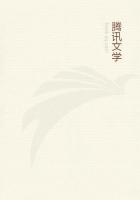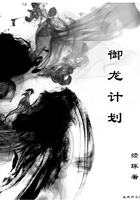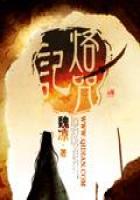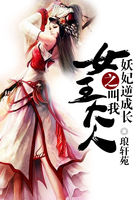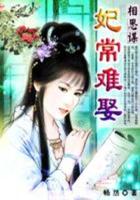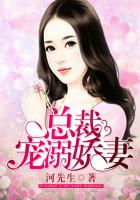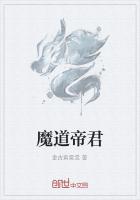But flowers are by no means over because the cherry blossoms are past. A brief space, and the same crowds that flocked to the cherry turn to the wistaria. Gardens are devoted to the plants, and the populace greatly given to the gardens. There they go to sit and gaze at the grape-like clusters of pale purple flowers that hang more than a cubit long over the wooden trellis, and grow daily down toward their own reflections in the pond beneath, vying with one another in Narcissus-like endeavor. And the people, as they sip their tea on the veranda opposite, behold a doubled delight, the flower itself and its mirrored image stretching to kiss.
After the wistaria comes the tree-peony, and then the iris, with its trefoil flowers broader than a man may span, and at all colors under the sky. To one who has seen the great Japanese fleur-de-lis, France looks ludicrously infelicitous in her choice of emblem.
But the list grows too long, limited as it is only by its own annual repetition. We have as yet reached but the first week in June; the summer and autumn are still to come, the first bringing the lotus for its crown, and the second the chrysanthemum. And lazily grand the lotus is, itself the embodiment of the spirit of the drowsy August air, the very essence of Buddha-like repose. The castle moats are its special domain, which in this its flowering season it wrests wholly from their more proper occupant--the water. A dense growth of leather-like leaves, above which rise in majestic isolation the solitary flowers, encircles the outer rampart, shutting the castle in as it might be the palace of the Sleeping Beauty. In the delightful dreaminess that creeps over one as he stands thus before some old daimyo's former abode in the heart of Japan, he forgets all his metaphysical difficulties about Nirvana, for he fancies he has found it, one long Lotus afternoon.
And then last, but in some sort first, since it has been taken for the imperial insignia, comes the chrysanthemum. The symmetry of its shape well fits it to symbolize the completeness of perfection which the Mikado, the son of heaven, mundanely represents. It typifies, too, the fullness of the year; for it marks, as it were, the golden wedding of the spring, the reminiscence in November of the nuptials of the May. Its own color, however, is not confined to gold.
It may be of almost any hue and within the general limits of a circle of any form. Now it is a chariot wheel with petals for spokes; now a ball of fire with lambent tongues of flame; while another kind seems the button of some natural legion of honor, and still another a pin-wheel in Nature's own day-fireworks.
Admired as a thing of beauty for its own sake, it is also used merely as a material for artistic effects; for among the quaintest of such conceits are the Japanese Jarley chrysanthemum works. Every November in the florists' gardens that share the temple grounds at Asakusa may be seen groups of historical and mythological figures composed entirely of chrysanthemum flowers. These effigies are quite worthy of comparison with their London cousins, being sufficiently life-like to terrify children and startle anybody. To come suddenly, on turning a corner, upon a colossal warrior, deterrently uncouth and frightfully battle-clad, in the act of dispatching a fallen foe, is a sensation not instantly dispelled by the fact that he is made of flowers. The practice, at least, bears witness to an artistic ingenuity of no mean merit, and to a horticulture ably carried on, if somewhat eccentrically applied.
From the passing of the chrysanthemum dates the dead season.
But it is suitably short-lived. Sometimes as early as November, the plum-tree is already blossoming again.
Even from so imperfectly gathered a garland it will be seen that the Japanese do not lack for opportunities to admire, nor do they turn coldly away from what they are given. Indeed, they may be said to live in a chronic state of flower-fever; but in spite of the vast amount of admiration which they bestow on plants, it is not so much the quantity of that admiration as the quality of it which is remarkable. The intense appreciation shown the subject by the Far Oriental is something whose very character seems strange to us, and when in addition we consider that it permeates the entire people from the commonest coolie to the most aesthetic courtier, it becomes to our comprehension a state of things little short of inexplicable.
To call it artistic sensibility is to use too limited a term, for it pervades the entire people; rather is it a sixth sense of a natural, because national description; for the trait differs from our corresponding feeling in degree, and especially in universality enough to merit the distinction. Their care for tree flowers is not confined to a cultivation, it is a cult. It approaches to a sort of natural nature-worship, an adoration in which nothing is personified.
For the emotion aroused in the Far Oriental is just as truly an emotion as it was to the Greek; but whereas the Greek personified its object, the Japanese admires that object for what it is.
To think of the cherry-tree, for instance, as a woman, would be to his mind a conception transcending even the limits of the ludicrous.

